When you think of Japanese sweets, you might imagine red bean paste or cherry blossom-flavored treats. But in the Fukushima region, there’s a unique local dish with a special flavor and a heartfelt name: Jyunenn botamochi. This article will tell you about this unique sweet, its history, and where you can find it.
What is Jyunenn Botamochi?
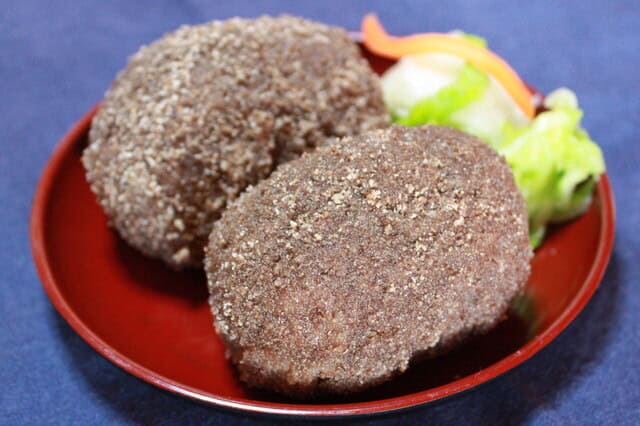
Jyunenn botamochi (じゅうねんぼたもち) is a traditional sweet from Fukushima Prefecture. It is a type of botamochi, which is a round or oval rice cake made from a mixture of glutinous and non-glutinous rice. What makes it special is its dark, savory-sweet coating. Instead of the typical red bean paste (anko), locals covered the Jyunenn botamochi in a paste made from roasted and ground “jyunenn” seeds.
The name “jyunenn” is a local term for egoma, a type of perilla seed. The name “jyunenn” has two meanings. The first is a wish for good health—the belief that eating it can help you live ten years longer. The second meaning refers to the hardy nature of the seeds themselves, said to be able to sprout even after a decade.
A Taste of History
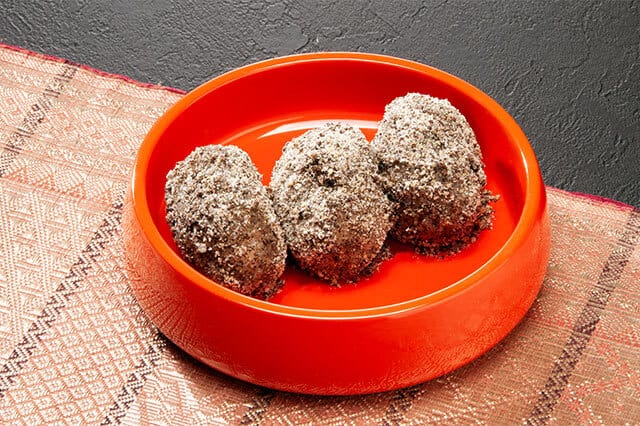
The history of Jyunenn botamochi is tied to the Aizu region of Fukushima. In the past, it was difficult to grow sesame seeds in the area’s mountainous terrain. As a solution, people began to cultivate egoma as a replacement. The seeds were used to make oil and were also roasted and ground into a paste for various dishes.
Over time, this egoma paste became a beloved topping for botamochi. Unlike regular botamochi, often tied to the spring and autumn equinoxes, Jyunenn botamochi is not in connection to a specific season. Instead, it is a dish prepared throughout the year to welcome guests or as a comforting snack. Thus, it is a taste of the region’s resourceful past, showing how people used local plants to create delicious and nourishing food.
Finding Jyunenn Botamochi in Japan
Anko to Ohagi Hibian (あんことおはぎ 日々餡)
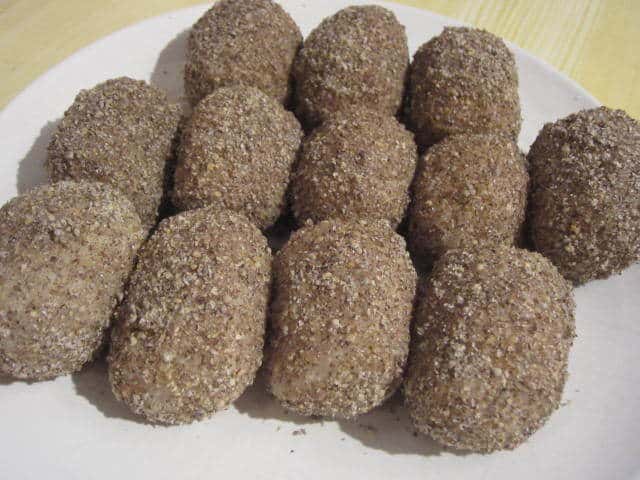
If you find yourself in the Aizu-Wakamatsu area of Fukushima and want to try this unique dish, you can visit a shop that specializes in traditional sweets. A recommended place is Anko to Ohagi Hibian (あんことおはぎ 日々餡). Furthermore, the name of the shop itself, which means “Red Bean Paste and Ohagi,” shows its focus on these kinds of sweets. This shop is popular for its variety of delicious mochi and other traditional Japanese sweets, including Jyunenn botamochi.
Conclusion
Jyunenn botamochi is more than just a sweet; it is a small piece of Fukushima’s cultural heritage and a testament to the local wisdom of turning simple ingredients into a special treat. Its earthy, nutty flavor, a result of the unique egoma seed, offers a different experience from the typical Japanese dessert.
If you enjoy the soft texture and simple sweetness of this dish, you might also like to try other similar Japanese treats, such as daifuku mochi, sakura mochi, or the warm and comforting oshiruko. Each of these dishes uses a combination of sticky rice and a special coating or filling, offering a similar taste of Japan’s rich sweet tradition.
FAQ
- What is Jūnen Botamochi?
It’s a traditional Japanese sweet rice ball made with glutinous rice and sweet red bean paste, flavored or coated with jūnen (perilla seeds, also called egoma).
- What does “Jūnen” mean?
“Jūnen” is another name for egoma, a type of perilla seed. The name means “ten years,” symbolizing health and long life.
- What makes Jūnen Botamochi special?
The nutty flavor of roasted egoma seeds gives it a rich, aromatic taste that’s different from regular botamochi or ohagi.
- When is it usually eaten?
It’s often enjoyed during traditional holidays, especially the spring equinox (Higan) or local festivals in northern Japan.
- Where can I try it in Japan?
You can find it in parts of Tohoku and northern regions such as Fukushima and Yamagata, especially at local sweets shops or farmers’ markets.
- Is it sweet or savory?
It’s mildly sweet, with a nutty, roasted flavor from the egoma seeds.
- Is it vegetarian or vegan-friendly?
Yes, it’s typically made from rice, red beans, sugar, and egoma—no animal products are used.
- Can I buy it as a souvenir?
Some stores sell it fresh, but because it doesn’t last long, it’s best eaten the same day.
- How is it different from regular botamochi?
Regular botamochi is covered with sweet red bean paste or soybean flour, while jūnen botamochi has a coating of ground perilla seeds for a unique flavor.
- What does it taste like?
It has a pleasant mix of sweet and nutty flavors, with a chewy rice texture—simple but deeply satisfying.
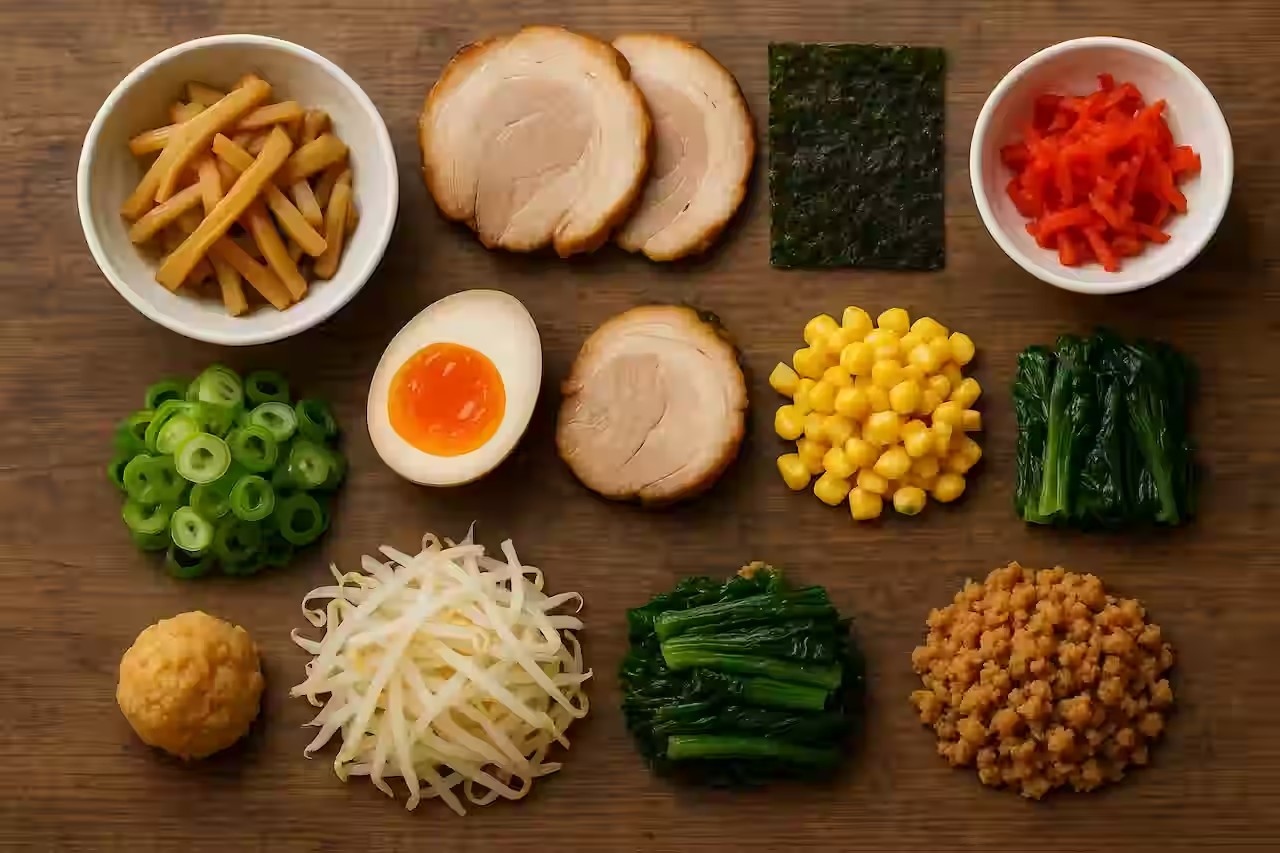
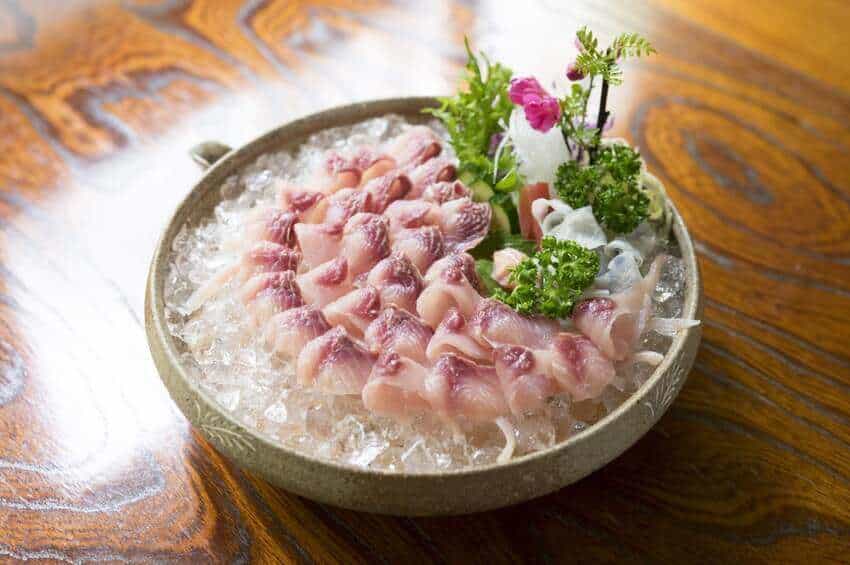
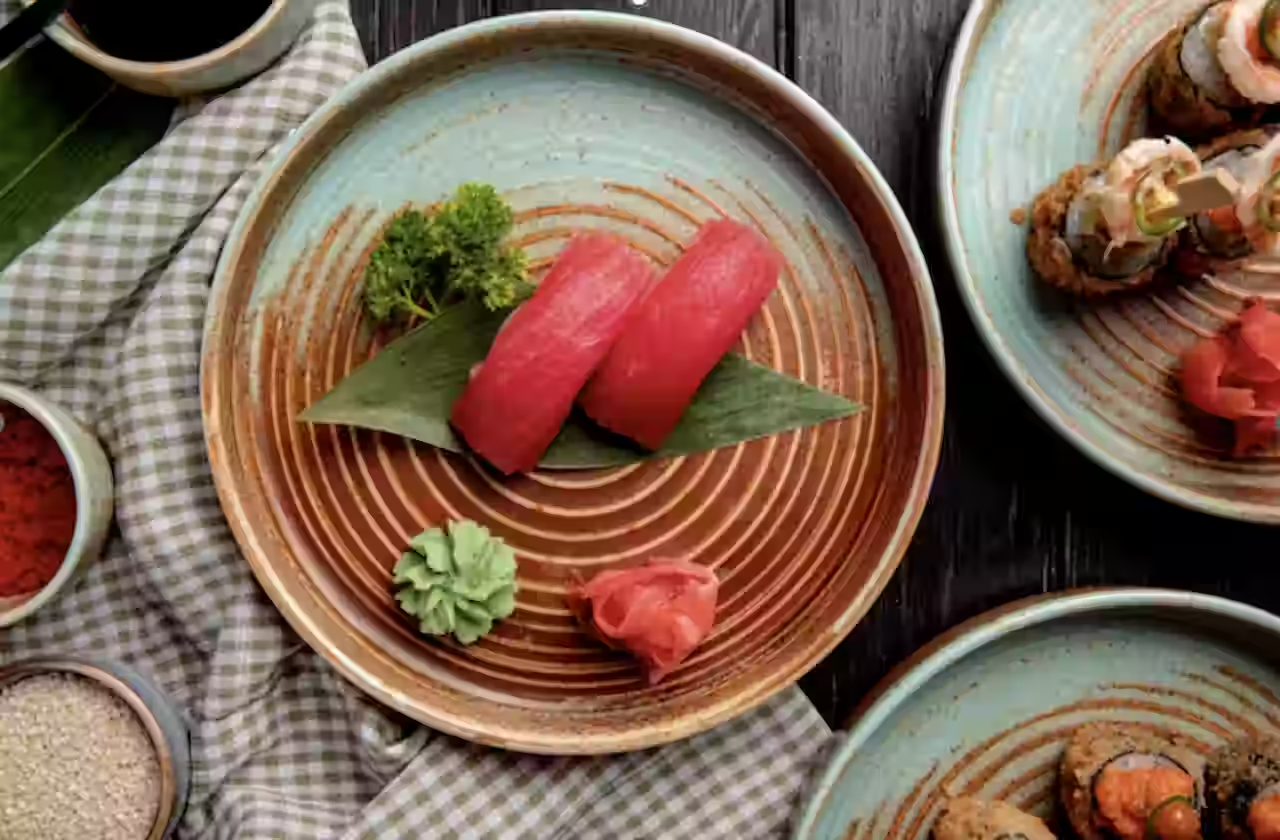
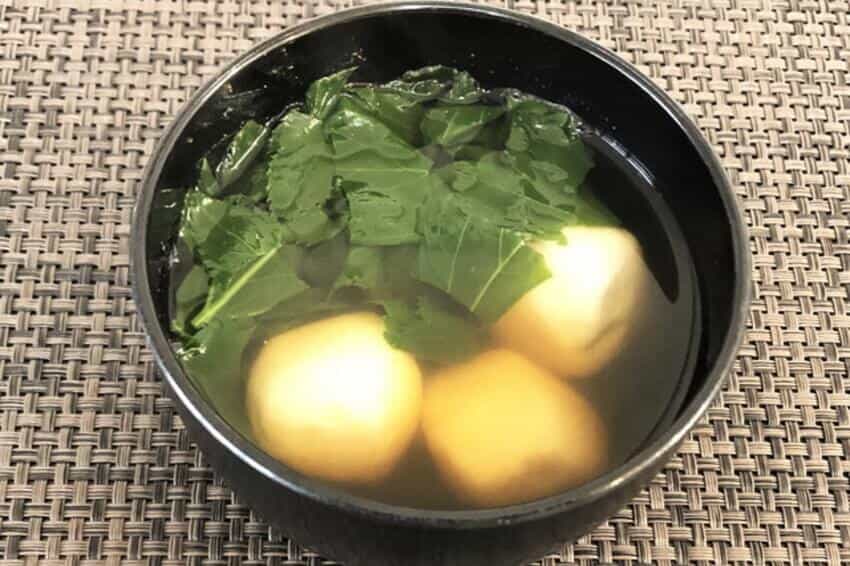
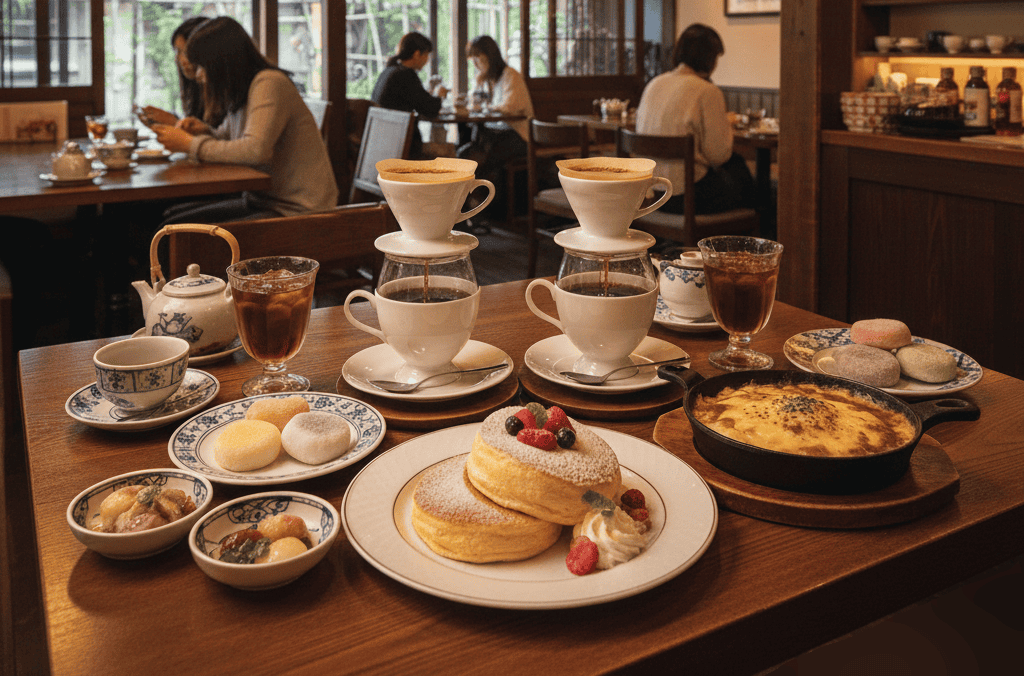

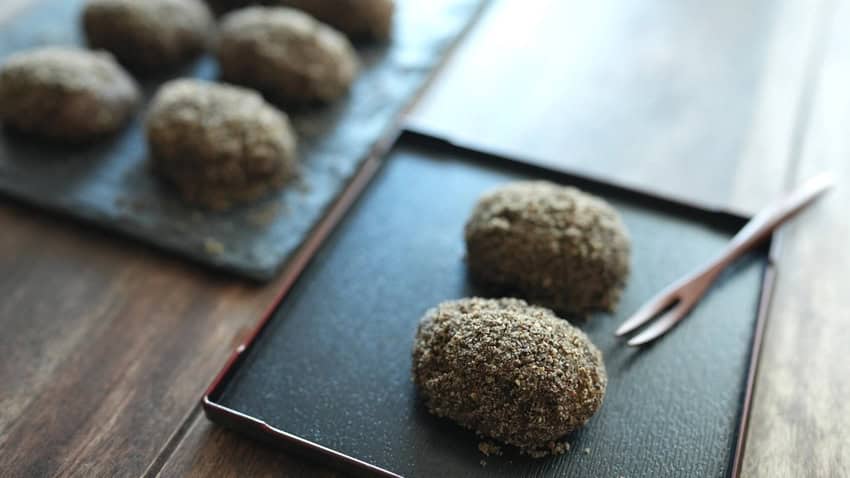
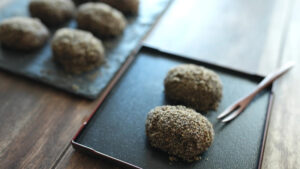
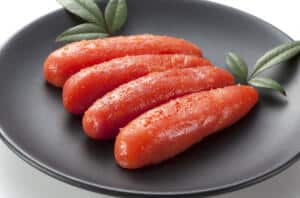
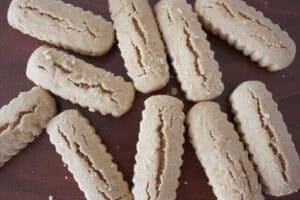
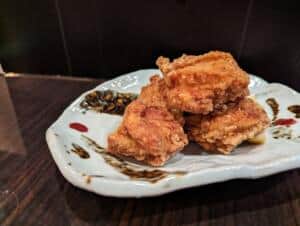
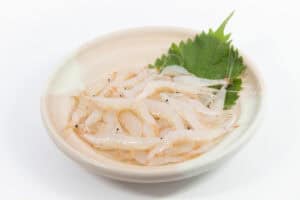
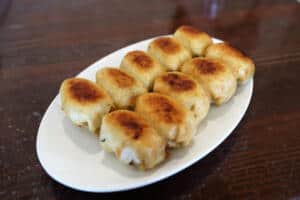
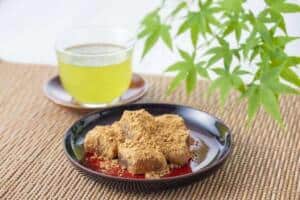
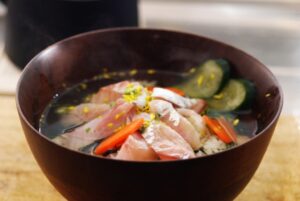
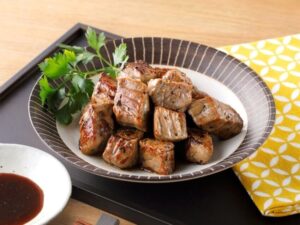
Comments